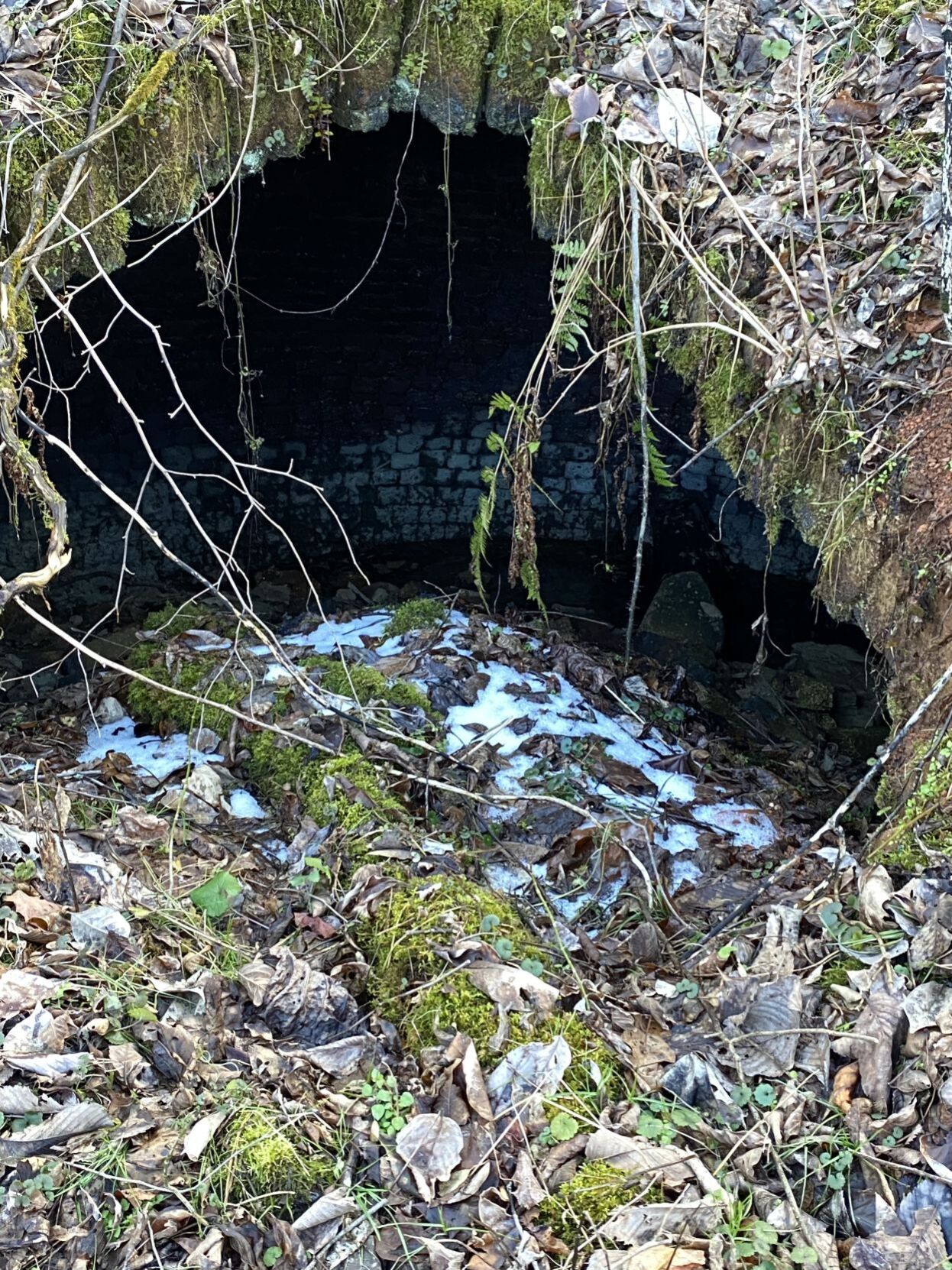Harrison County, West Virginia Commission Hopes to Create Tourism Destination With Restoration of Old Coke Ovens

By JoAnn Snoderly
July 6, 2021 - The Harrison County, West Virginia Commission will attempt to create a destination for visitors looking for a glimpse into the history of the state’s coal and coke industries.
Last month, the Harrison County Commission unanimously approved the leasing of property where approximately two dozen long-abandoned coke ovens are still visible, despite overgrowth and decades of neglect.
The approximately 25 coke ovens to be leased by the county are part of a broader coke production site with nearly 40 ovens that, in days past, were used to form coke from coal.
The lease will allow the county to nominate the ovens for the National Registry of Historic Places. The designation would then allow the county to apply for grant funds for restoration of the ovens.
According to Harrison County Commissioner David Hinkle, old coke ovens have been used to attract tourists into old coal towns in the New River area and other areas of the state.

A photo shows a vent in the top of an old coke oven.
“I think we have an opportunity here to not totally duplicate it, but try to make it a stop that people would be interested in seeing, especially if at some point we can get approved to rebuild the old store and maybe even look at doing some kind of old tipple or finding a tipple to take down there,” Hinkle said.
“I think this would be a good community program for a lot of different historical groups to get involved in,” he added.
Restoration of the ovens will be a long-term project. Submitting an application for inclusion of ovens on the historic registry is in itself an arduous process that will take a tremendous amount of research and documentation. An 18-page application will need to be completed for each oven, according to County Planning Director Charlotte Shaffer.
There is still a lot to learn about the ovens. The lease is a recent development, and so the county’s research into the history of these ovens is just beginning, according to Shaffer.
The county has yet to definitively determine who owned the coke ovens, which are located along the rail trail near Glen Falls and Farnum, or when they were built. An old map from 1918 shows the ovens had already been abandoned at that time, she said.
In general, coke ovens were used to burn unwanted matter like tar, oils and gas from the material, leaving behind a purer carbon in a process that took about three days.

Vegetation covers old coke ovens in Harrison County.
“They’re directly linked to the process of making iron and steel, which obviously is another big industry historically within the northern part of Appalachia,” said William Hal Gorby, a West Virginia and Appalachian historian and WVU Eberly College Department of History teaching assistant professor and director of undergraduate advising.
“Out of the process, you’d get the sort of purest form of carbon — carbon that doesn’t have any tar or gases, oils left in it. This byproduct would then be used by steel mills in their blast furnace. They would use that in the process of making steel, and because the coke is so pure, it helps make the steel much stronger, much more sturdy obviously than iron was in the previous generation,” he said.
The availability of cheap coke allowed the country’s iron and steel industry to flourish, eventually growing into the world’s largest, according to National Register of Historic Places documents.
According to Gorby, coke production was occurring throughout Appalachia in the late 19th and early 20th centuries, with the center of production in western Pennsylvania. It is believed the first coke ovens popped up in West Virginia along the Cheat River in Monongalia County sometime in the 1840s.
“From that period up through the 1870s, they sort of dotted a number of areas, mainly in the northern part of the state,” he said.
In the 1880s, use of coke ovens expanded in the state. Operations were underway in approximately 15 West Virginia counties, with the largest operations in the New River and Kanawha River valley area, and in McDowell County. In the 1910s, McDowell County was both the larger coal producer and the largest coke producer in the state.
Harrison County was also a powerhouse of production, however. West Virginia Department of Coal records show Harrison County ranked number seven among counties for coal production and number nine in coke production in 1900, according to Gorby.
Of the just under 19 million tons of coal and 2.5 million tons of coke produced in the state in 1910, Harrison County contributed 647,000 tons of coal and 10,000 tons of coke, he said.
“It seems the coke industry in Harrison County had only begun a few years before that, so I would guess that the coke ovens probably date to sometime in the 1890s,” he said. “There wasn’t a lot of coke production before 1897 or so in the county.”
A Nov. 29, 1901 Clarksburg Telegram article indicates the Fairmont Coal Company mines at Enterprise were the largest coal producer in the county, and coke production at Farnum generated 7,000 tons of the county’s 10,000 total tons, according to Gorby.
Based on this information, “I think it’s fair to say the coke ovens there are probably the center of coke production in the entire county,” he said.
Still, the article states there were four major coking operations in the county with a total of 128 coke ovens county wide, he said.
Coke production peaked in the state in 1910 at over 4.2 million tons. Around that time, larger, more efficient by-product ovens started to replace the old-style beehive ovens, and West Virginia companies, for a number of reasons, chose not to shift to the new technologies.
Coal companies were instead investing in technological upgrades for underground coal operations, which were becoming more mechanized.
“If a corporation is looking at a coal company, they probably figure it’s a better investment to get more mine technology underground than to try to rip out the beehive coke ovens and put in some new kind of technology. That would have been a much more capital intensive effort,” Gorby said.
“As a result, (coke) production basically fell off a cliff in the late 19-teens, early 20s. … By the late teens and 20s, when the byproduct process becomes much more common, you’re seeing coke production well under a million tons (in West Virginia).”
Despite the decline, limited coke production activity continued until the 1970s or 1980s, he said.
Sites like the one in Harrison County allow individuals interested in West Virginia and industry history to experience a visual representation of an earlier time, according to Gorby.
“They are one of the relics of the wider coke industry that you can visually see. You can’t always see where an underground mine was, you can’t always see that sort of infrastructure of a coal operation of that turn of the 20th Century period when the industry really started to boom. … But you can see the remnants of the coke industry wherever you have these coke ovens,” he said.
“Where you had coke ovens, you obviously would have had a lot of mining going on, as well. In some respects, for those who want some kind of visual representation for that earlier time, … this gives them an opportunity to see that more clearly.”

